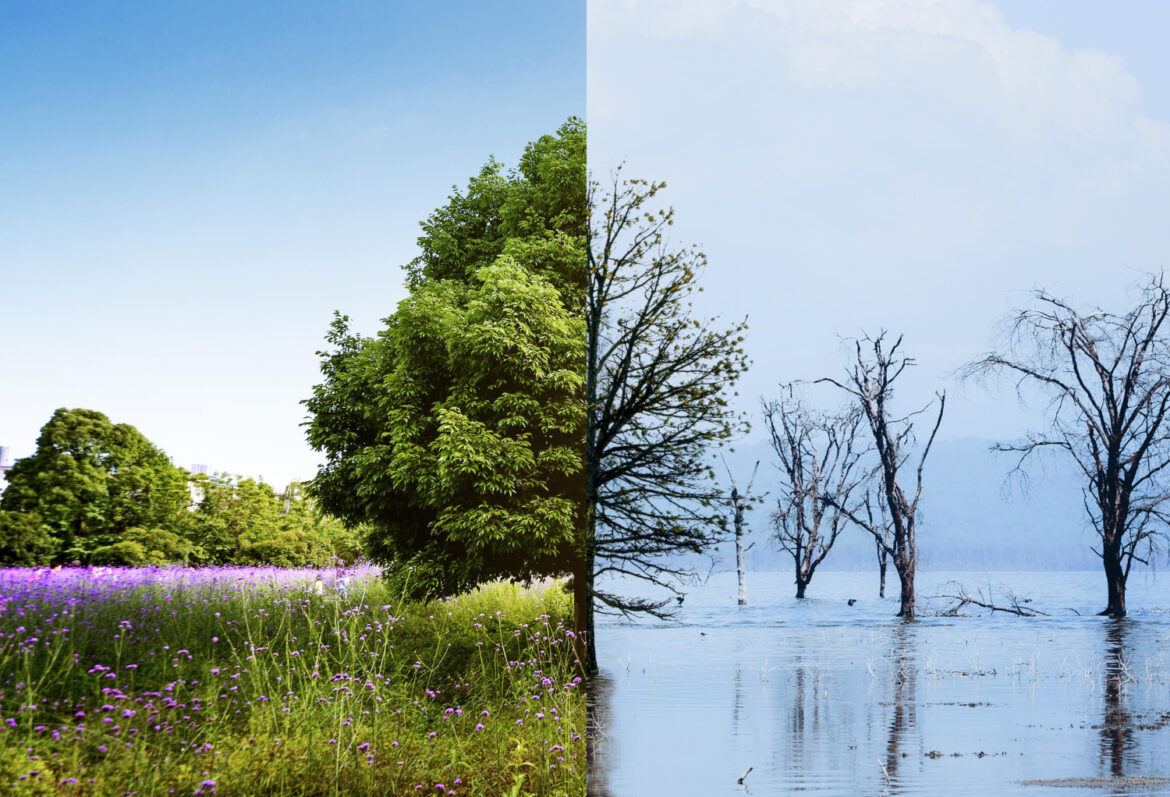The impact of climate change on Latvia’s forests and wildlife is becoming increasingly evident as rising temperatures and shifting weather patterns threaten the country’s rich natural heritage. Latvia’s vast forests and diverse animal species face new challenges that affect ecological balance, conservation efforts, and sustainable management. Understanding this impact is crucial to protecting these vital ecosystems for future generations.
Rising Temperatures and Forest Health
The impact of climate change on Latvia’s forests and wildlife includes warmer temperatures that stress trees, making them more vulnerable to pests, diseases, and forest fires. Latvia’s forests cover over half the country’s land area and include species such as Norway spruce and Scots pine, which are particularly at risk due to changing growth conditions. Prolonged droughts reduce soil moisture, weakening tree health and slowing natural regeneration. Additionally, invasive species and pathogens flourish in warmer climates, further threatening forest ecosystems.
-
Warmer temperatures stress native trees, increasing vulnerability to pests and diseases.
-
Norway spruce and Scots pine face heightened risks from climate shifts.
-
Prolonged droughts decrease soil moisture, weakening trees.
-
Invasive species thrive in warmer conditions, threatening native forests.
Changing Wildlife Habitats
The impact of climate change on Latvia’s forests and wildlife also affects animal habitats. Many species depend on stable forest environments for food and breeding, but temperature and vegetation changes disrupt these patterns. The Eurasian lynx and European beaver may struggle to adapt to rapidly changing habitats. Migratory birds face mismatches in nesting seasons and food availability, while altered predator-prey relationships risk unbalancing local ecosystems.
-
Temperature shifts alter food availability and breeding cycles for wildlife.
-
Eurasian lynx and European beaver face adaptation challenges.
-
Migratory birds experience timing mismatches in food supply and nesting.
-
Predator-prey relationships may become unbalanced, threatening ecosystem stability.
Increased Frequency of Extreme Events
Extreme weather events linked to climate change, such as storms, floods, and heatwaves, increasingly damage Latvian forests and wildlife habitats. These events cause tree falls, habitat loss, and disrupt soil and aquatic ecosystems, affecting species like amphibians and freshwater fish. Forest recovery after such damage is slow, leaving ecosystems vulnerable.
-
More frequent storms and heatwaves cause forest damage.
-
Flooding harms soil quality and aquatic habitats.
-
Recovery from extreme events is slow, increasing ecosystem vulnerability.
-
Habitat loss endangers many wildlife species.
Conservation and Adaptation Efforts
To address the impact of climate change on Latvia’s forests and wildlife, adaptive forest management and conservation strategies are critical. Efforts include promoting species diversity to improve forest resilience, monitoring pest outbreaks, protecting critical habitats, and restoring degraded areas. Research on climate impacts informs policies, and cooperation with neighboring countries helps protect migratory species and ecosystems.
-
Adaptive forest management enhances species diversity.
-
Pest monitoring reduces tree damage.
-
Habitat protection and restoration strengthen ecosystems.
-
Research supports climate-informed policies.
-
Regional cooperation safeguards migratory species.
The Role of Local Communities
Local communities play a vital role in responding to the impact of climate change on Latvia’s forests and wildlife. As the closest stewards of these ecosystems, they contribute through sustainable forestry practices that minimize environmental harm and promote long-term forest health. Eco-tourism offers income opportunities while raising awareness of the importance of conservation. Environmental education in schools and local initiatives further strengthens understanding of climate risks and encourages responsible action.
Citizen participation in forest monitoring improves protection by offering valuable local insights and early detection of threats. Grassroots engagement creates a sense of ownership and urgency in addressing environmental issues, which in turn strengthens resilience. When communities are actively involved in conservation, both nature and people benefit.
-
Sustainable forestry reduces environmental impact.
-
Eco-tourism supports conservation awareness.
-
Environmental education promotes climate risk understanding.
-
Community monitoring improves protection.
-
Grassroots engagement strengthens climate resilience.
The Economic Impact on Forestry
Climate change significantly affects Latvia’s forestry sector, which is a key contributor to the national economy and rural employment. Increased tree mortality from heat, drought, and pest infestations reduces timber quality and yields, threatening the productivity of industries like timber, paper, and furniture. Extreme weather events such as storms and floods further damage forest stands, causing costly disruptions in supply chains and affecting livelihoods in forest-dependent communities.
To protect economic interests, Latvia is investing in climate-resilient forestry practices, including species diversification, sustainable harvesting, and pest monitoring. These measures help maintain forest productivity and ensure long-term economic stability. Without adaptation, the forestry sector faces mounting financial risks from climate-induced disruptions.
-
Forestry supports Latvia’s economy and employment.
-
Pest infestations and diseases lower timber yields.
-
Forest damage causes economic losses to communities.
-
Resilient forestry practices protect economic interests.
Climate Change and Biodiversity Loss
Biodiversity in Latvia’s forests is also affected by the impact of climate change on Latvia’s forests and wildlife. Loss of biodiversity weakens key ecosystem services like pollination, water purification, and soil fertility, threatening long-term ecosystem health and sustainability.
-
Biodiversity loss threatens ecosystem functions.
-
Reduced species variety decreases forest resilience.
-
Protecting endangered species maintains balance.
-
Biodiversity conservation supports ecological and economic sustainability.
Future Research and Monitoring Needs
Ongoing research and monitoring are vital to fully understand the impact of climate change on Latvia’s forests and wildlife. Collecting data on species distribution, forest health, and climate variables will improve decision-making. Collaboration among scientists, policymakers, and communities strengthens adaptation efforts.
-
Continuous monitoring tracks forest and wildlife changes.
-
Research identifies vulnerable species and habitats.
-
Data-driven policies enhance climate adaptation.
-
Collaboration improves conservation effectiveness.
The impact of climate change on Latvia’s forests and wildlife demands proactive, integrated approaches. Through science, policy, and community action, Latvia is working to protect its natural treasures against these growing environmental challenges.

